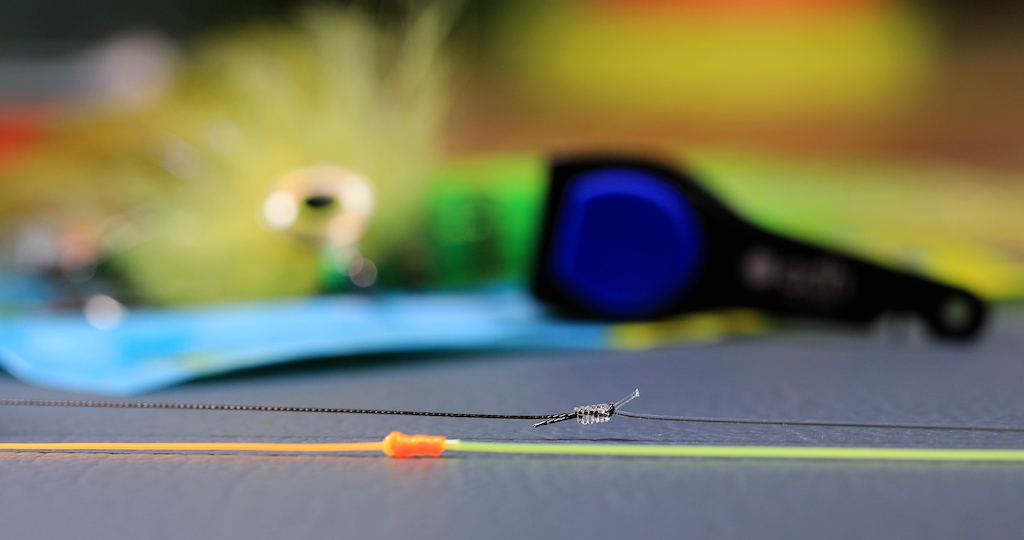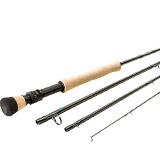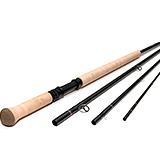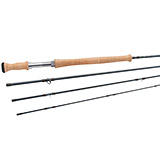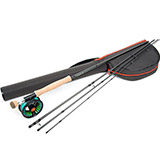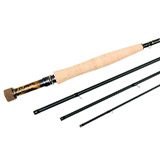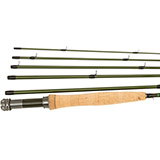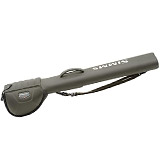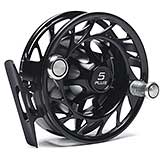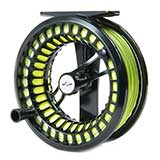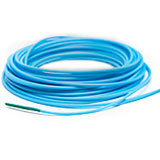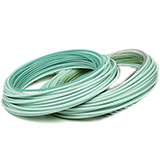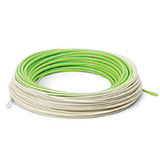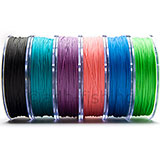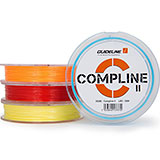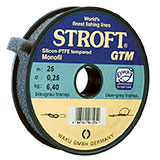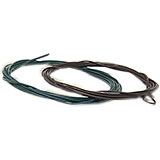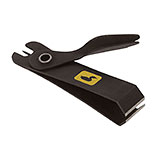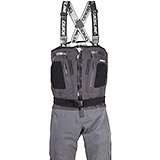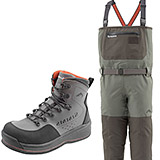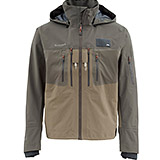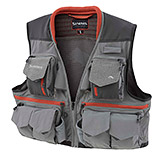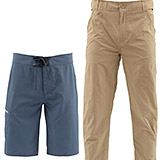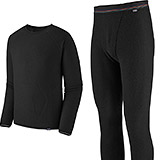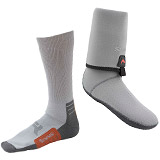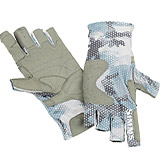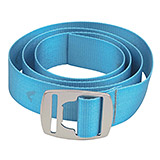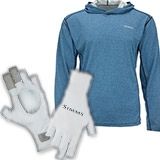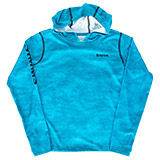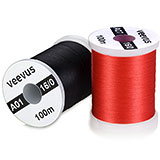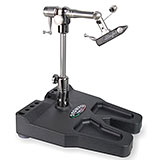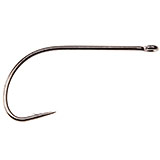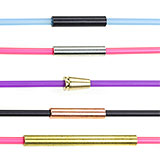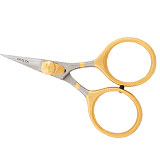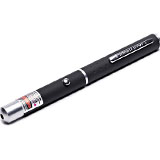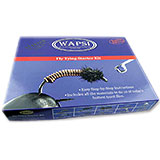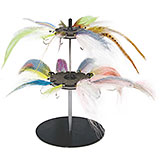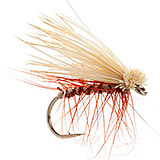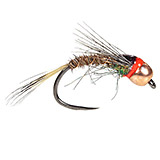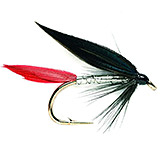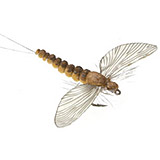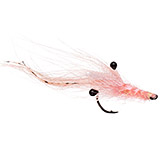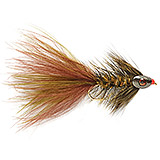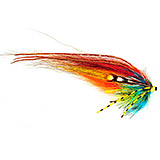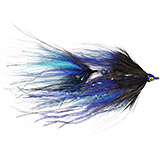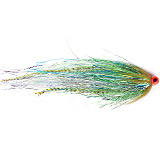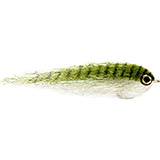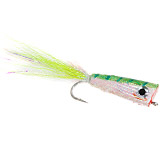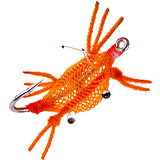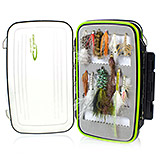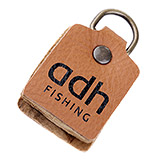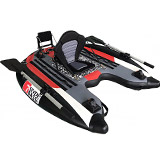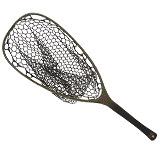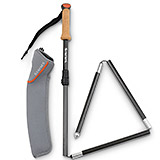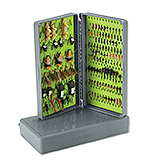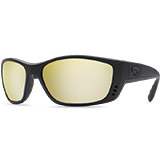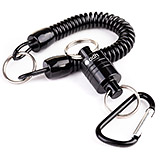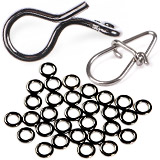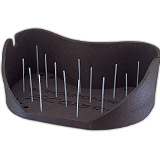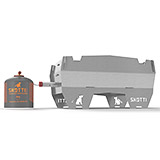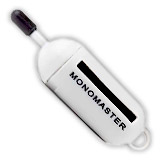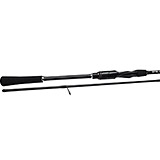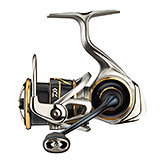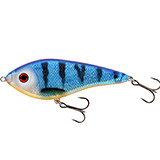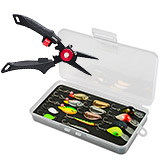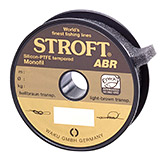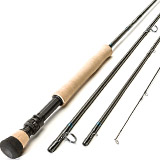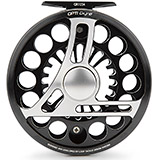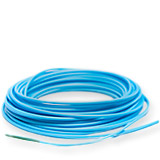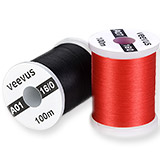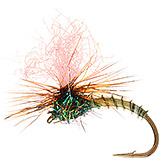Fly Fishing Knots - Part 3: Albright Knot
Fly fishing without knots? Not possible! Whether for mounting the fly, for connecting the leader and tippet, as transition between flying line and leader or for securing the backing ... without knots it just doesn't work. In our series "Knots for Fly Fishers" we introduce you to an important knot in each video and explain the most important applications in practice.
The Albright Knot
The Albright knot is slim, strong and allows to connect many different materials (e.g. steel, titanium, nylon, fluorocarbon, backing). It is very popular among spin fishermen to knot the braided main line to the leader. Because it only applies a minimum of force, this knot glides perfectly through the rings. The number of turns is - as so often - determined by the thickness of the material. For very thin material we recommend 8-10 turns, for thick material 4-8 turns are sufficient. Another advantage of the Albright knot is that different diameters can be combined. This makes it a universal knot that should not be missing in any repertoire. We fly fishers use the Albright knot mainly for two purposes.
Albright Knot in practice
In practice, the Albright knot is used by us fly fishers to:
- connect Backing to with fly line. If your fly line does not have a welded loop, the Albright knot is perfect for you. This knot allows an elegant and slim transition from backing to fly line. The straight line connection is almost imperceptible and if the fish ever pulls off your entire line during the fight, the Albright knot will glide cleanly through your rod rings.
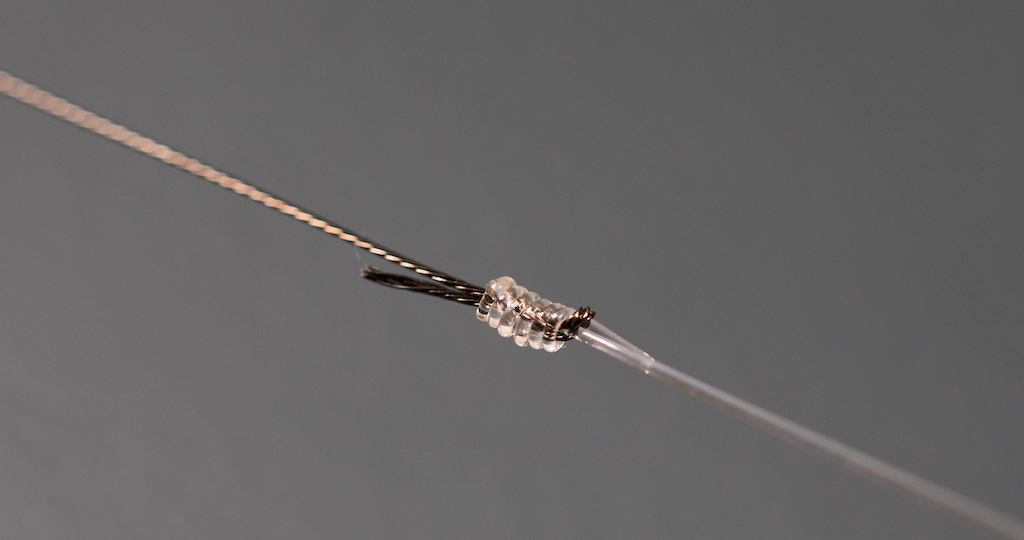
Knot2Kinky Multi Strand 1x7 Titan with Fluorocarbon
- produce a titanium or steel (or hardmono) leader. When fishing for predatory fish in fresh- and saltwater, bite protection is very often used. To prevent the sharp teeth of a pike, for example, from damaging or even cutting through the leader, we use a 30-50 cm long piece of wire or titanium. And to connect this short piece to your mono or fluo leader, the Albright knot is the best choice! The two ends can be cut very close to the knot and if you want, you can also coat the Albright knot with some UV glue. So you can't hurt yourself on the pointed, thin titanium wire and it won't catch weed (e.g. during summer fishing). An interesting alternative to conventional titanium is 1x7 titanium, which is also easier to process thanks to its smoother structure. Granted: With ice-cold fingers, winding the leader material around the titanium or steel can be a bit more difficult. But with a bit of practice the knot is easily and quickly done. And if you want to prepare yourself perfectly, you can knot some pike leaders at home. There is no better knot for connecting classic titanium wire with fluo or mono.
The Albright knot is one of the most important fishing knots and is one of our favorites when combining reel, backing and flying line. Especially when fishing for pike we use the strong knot to make leaders. Here it has proven itself for years. For other leaders the Slim Beauty is an alternative - but it doesn't work with titanium. We present the Slim Beauty in another video.
Have fun with the knotting and tight lines on the water!
